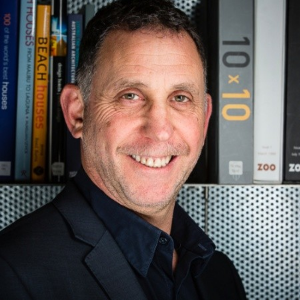Title : Designing Australia’s National Post Entry Quarantine Facility
Abstract:
It’s not every day that an architect has the opportunity to design the Australian National Post Entry Quarantine (PEQ) facility. And in your own back yard.
Background:
In all our years as Specialists in Research Design, namely Laboratories, Biomedical, Pharmaceutical, Bioresources containment greenhouse design, the PEQ was one project opportunity not to be missed. This was very special and close to our hearts and to work on preserving life for companion animals (and others) as they transition into a meaningful life into Australia.
We are talking RED for Animals, and GREEN for Plants.
But curiously, the same site was developed for Victoria’s Covid human quarantine – which will be illustrated as well.
Objectives:
The scale of operation in a single site was unprecedented in Australia (possibly internationally as well) and in fact was quite unimaginable before it was completed.
“Hotel” accommodation for:
400 cats
600 dogs
120 horses
60 alpacas – or other ruminants
Avian for racing pigeons, chickens and turkeys (BC3)
Bees (BC2) - particularly relevant as Australia was Varroa mite free at that time – currently under alert managing sentinel positive conditions in New South Wales.
And of course, all the plant (green stuff) coming into Australia – BC1, 2 & 3)
This presentation will outline the following:
The Government objectives – the why
Our approach - where to start;
Setting out the site plan;
Identification of species specific responses to biosecurity concerns;
Biosecurity seclusion zones;
Operational workflows for large volume animals;
Identify the key design parameters;
Species by species housing design and studies supporting the design approach;
Collaborative engagement with the veterinarians/operators;
Our principle challenges;
The presentation will conclude with what makes our day job so rewarding and how the PEQ has impacted on our thinking and internationally on the design of quarantine facilities for animals and plants.(296 words).
Audience Take Away:
Explain how the audience will be able to use what they learn?
A unique approach to quarantine – noting that Australia is an island remotely located to the southeast and offers quite different strategies than say Europe Asia or the Americas. There is no other similar example internationally
How will this help the audience in their job?
Broad lessons and ideas that relate to a diverse species of animals and how to address effective quarantine
Is this research that other faculty could use to expand their research or teaching?
Participants will be able to consider their own veterinary practice and operations with a focus on biosecurity and quarantine. It was evolutionary in terms of the regulatory environment as we were defining new quarantine/biosecurity regulations during the design process.
Does this provide a practical solution to a problem that could simplify or make a designer’s job more efficient?
In essence it offers a guide to the practicalities of large volume animal care and with cost effective responses to design decision making.
Will it improve the accuracy of a design, or provide new information to assist in a design problem?
We consider this PEQ facility to be an international benchmark, addressing design layout, engineering and controls leading to effective operational outcomes
List all other benefits.
We will talk to the investigations and other benchmarks we used to define our design



